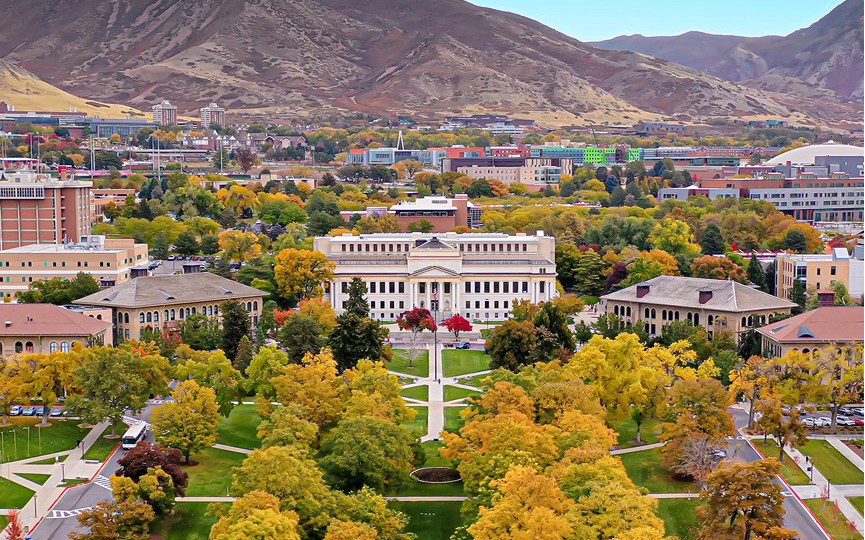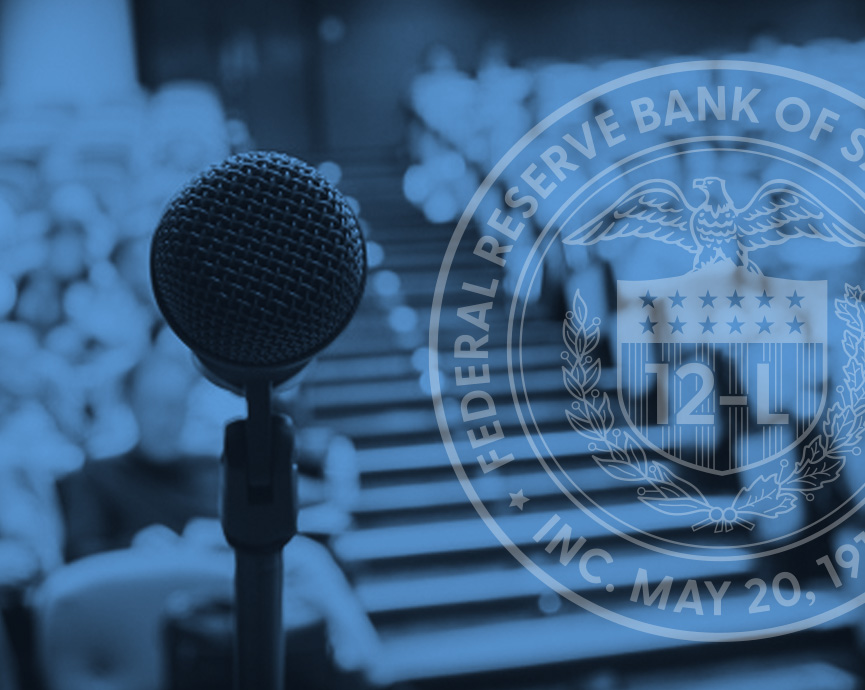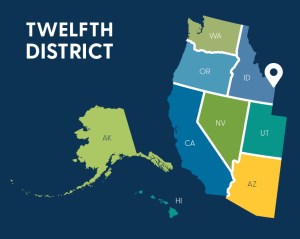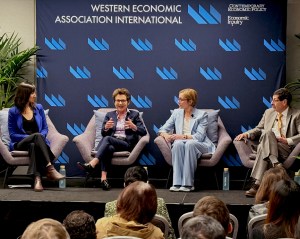Events

Economic Outlook from Mary C. Daly
Sep 24
Federal Reserve Bank of San Francisco President and CEO Mary C. Daly will deliver keynote remarks on the outlook for the U.S. economy at the University of Utah’s David Eccles School of Business followed by a moderated conversation.
Event Highlights





